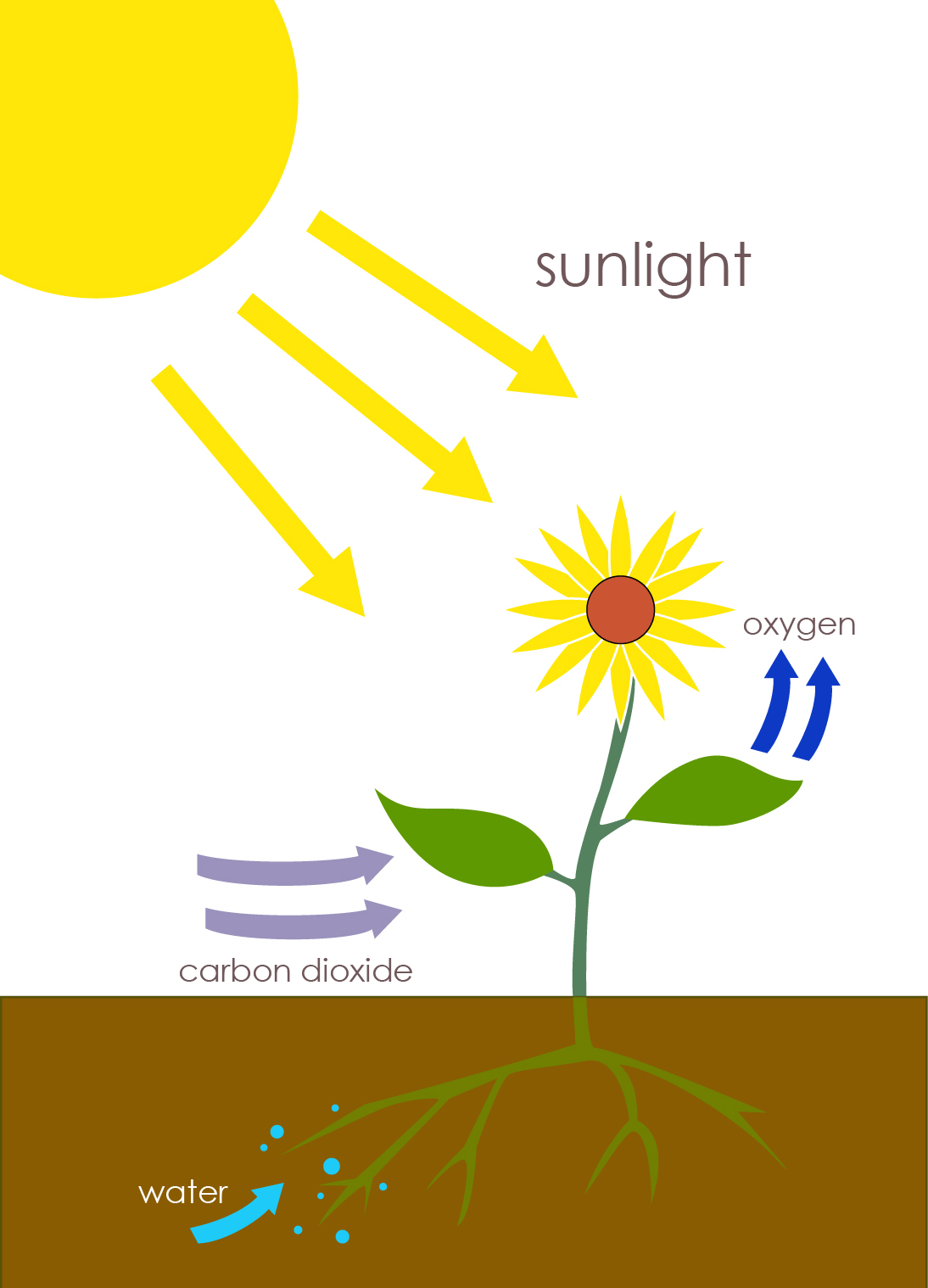Photosynthesis Virtual Labs.
Lab 1: Glencoe Photosynthesis Lab
Analysis Questions
1. Make a hypothesis about which color in the visible spectrum causes the most plant growth and which color in the visible spectrum causes the least plant growth?
A: If green light is focused on plants while they grow, they will grow faster than any plant in another color of light.
2. How did you test your hypothesis? Which variables did you control in your experiment and which variable did you change in order to compare your growth results?
A: In this experiment, i tested my hypothesis by comparing the size of each different type of plant. I had one control plant which was under the green light, and then tested the same plant with all the other colors to see the result. The controlled variable in this experiment was the color of light that was projected down on the plants. The final data was that green light was not the color that changed the plants the most; blue light had the most drastic change in size.
Results:
Filter Color
|
Spinach Avg. Height (cm)
|
Raddish Avg. Height (cm)
|
Lettuce Avg. Height (cm)
|
Red
|
18cm
|
13cm
|
11cm
|
Orange
|
14.8cm
|
8cm
|
6.5cm
|
Green
|
2cm
|
1.3cm
|
3cm
|
Blue
|
19cm
|
14.5cm
|
12.3cm
|
Violet
|
16cm
|
10cm
|
8.2cm
|
3. Analyze the results of your experiment. Did your data support your hypothesis? Explain. If you conducted tests with more than one type of seed, explain any differences or similarities you found among types of seeds.
A: No. My data did not support my hypothesis. The green light did not help the plants grow, infact it was the one that stunted the plants growth the most. Since the pigments of light were the same color as the ones in the plants chloroplasts, they couldn't absorb the energy to help the plant grow. All plant seeds seemed to grow the best with blue light.
4. What conclusions can you draw about which color in the visible spectrum causes the most plant growth?
A: I can conclude that blue light is the best color light to grow plants under because it has no pigments the same as the plant, therefore more energy is absorbed.
5. Given that white light contains all colors of the spectrum, what growth results would you expect under white light?
A: I would expect an average growth. White light would be like the control of the experiment. The plants would not grow abnormally big, or small.
Site 2: Photolab
This simulation allows you to manipulate many variables. You already observed how light colors will affect the growth of a plant, in this simulation you can directly measure the rate of photosynthesis by counting the number of bubbles of oxygen that are released.
There are 3 other potential variables you could test with this simulation: amount of carbon dioxide, light intensity, and temperature.
Choose one variable and design and experiment that would test how this factor affects the rate of photosynthesis. Remember, that when designing an experiment, you need to keep all variables constant except the one you are testing. Collect data and write a lab report of your findings that includes:
Question
Hypothesis
Experimental parameters (in other words, what is the dependent variable, independent variable, and control?)
Data table
Conclusion (Just 1st and 3rd paragraphs since there's no way to make errors in a virtual lab)
Question: what will happen if the light is increased all the way with a high Co2 emission?
Hypothesis: If the light is all the way up, while the plant has Co2 in it, then photosynthesis will be faster.
The control of this experiment would be the plant in the water, at room temperature. The dependent variables are the amount of light, the amount of Co2 and the temperature of the water. The independent variable is the amount of air bubbles coming from the plant.
Intensity of light
|
10%
|
20%
|
30%
|
40%
|
50%
|
One minute time frame
|
20 bubbles
|
27 bubbles
|
30 bubbles
|
59 bubbles
|
72 bubbles
|
Conclusion: In this lab we wanted to determine what factors affect the speed of a plant's photosynthesis. The plant seemed to react most to warm temperatures, a lot of Co2 and high light concentration. With less light, the plant let off more bubbles around 20 per minute, and at the end with more light, it was letting of about 72 bubbles per minute. This just helps further prove that plants will have more photosynthesis, if they are in bright light with room temperature. This lab was very accurate because it was digital, and there was no way anything errors could possibly happen. This lab could have been more realistic, but over all it was very accurate. I could test this theory in real life by seeing if fish live longer in plant filled water or not.









